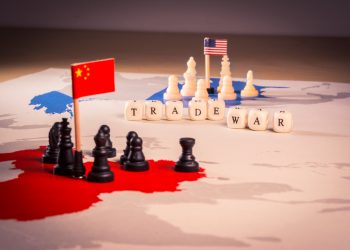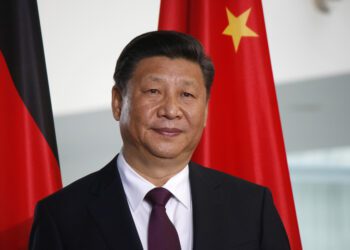As employees return to the office—at least sometimes—companies will continue to use virtual technologies to transform work, says KPMG.
Remote work is here to stay. As they prepare for a return to “normalcy,” only a minority of employers plan to bring everybody back to the office full-time. The future of work is hybrid—some employees will work remotely all the time, some in the office all the time, and many coming into the office a couple of days a week.
In a new report, From remote to hybrid work, KPMG reviews the main lessons of last year’s transition to remote work and how these can be applied to a hybrid working model. For all companies and functions, the evolution of a hybrid workforce is an opportunity for a wider digitization effort to improve efficiency, agility and creativity.
Introduction
A year after companies asked employees to work from home full-time, the threat of coronavirus infection is finally receding. Vaccination is now becoming available for Americans of all ages and companies are preparing to bring more employees back to the office.
But the workplace will never be the same. Nor will many jobs. A return to the pre-COVID-19 status quo is not an option. In a survey of employers, 87 per cent said they will adopt “hybrid” work arrangements permanently—with some employees working remotely all the time, some working in the office all the time, and many employees coming into the office a couple of days a week.
Not only has the past year changed where people work, but also how they work. Both employers and employees have benefited from the forced use of collaboration technologies that improve ways of working. And many companies have used the shift to work from home as an opportunity to reimagine processes, jobs and even operating models. They have accelerated digitization and will continue to do so as they refine hybrid work.
In this paper, we review the main lessons of the transition to remote work and how these can be applied to a hybrid workforce. To sustain the momentum of the past year and build future success, companies must embrace organization-wide digital transformation even more actively than before.
Download the PDF here.












